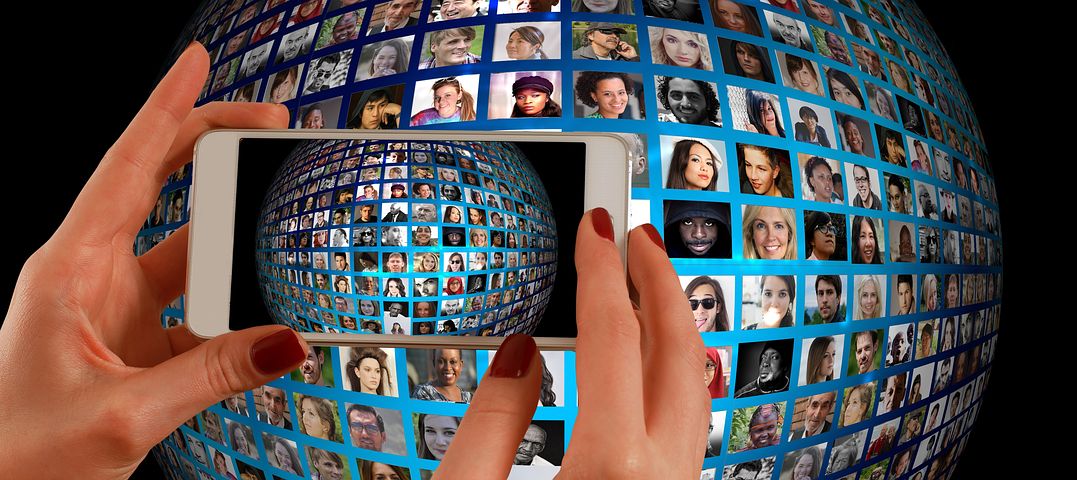Are you socially poor or socially wealthy? For me, they were new terms, used by David Brooks in his April 18, 2018 column in the New York Times, “The Blindness of Social Wealth”. Social poverty is a lack of relationships that daily nourish us and can be relied on for help in an emergency. Brooks lays out devastating evidence of growing social poverty over the past decades, and a sharp rise in recent years that coincides with the increase in use of smartphones and social media. He posits that the privacy issues that put Facebook CEO Mark Zuckerberg in the congressional hot seat are not the real concern; instead it’s the growing isolation and unhappiness of heavy users, especially the young, of social media. Social poverty is loneliness, and it’s a deadly diagnosis that goes unseen by the socially wealthy.
New technologies may be accelerating alarming trends, but the arbitrary divide between the wealthy and the poor is as old as time. Today, the coin of the realm is relationships: we need each other to survive, grow and thrive. We always have. Sacred writings tell us this truth in stories that go all the way back to creation: Adam needed Eve because it is not good for humans to be alone. We are not made that way.
Science tells us that humans are 99.9 percent genetically identical.[i] In fact, you share 99.9 percent of your DNA with apes. How tiny are the differences that divide us! For Christian theologian Sallie McFague, being in relation to other human beings, animals and the natural world is who we are created to be: not above and not separated.[ii] McFague reinterprets sin as “living a lie” when we break this natural order in our self-absorption. In short, when it’s all about me, it’s not about us, and that makes—literally—for a broken world. We live together or we die, from the individual to the global.
Where do you find life-sustaining community? I found it one evening in my church basement, talking to a homeless mother who was staying there with her children for the week. She belongs to the Ethiopian Orthodox Church, which on its face looks quite different from my own. “Is this your church,” she asked? “Yes,” I said. “Do you believe in God?” “Yes.” “Do you respect Mary,” she asked. Yes, I nodded. “We are the same!” she said, holding up her hand for me to grasp. Yes, we are the same. It’s what the Church is called to be and do—bridge the .1 percent that separates us. Call us into community and communion. The way across is so short, but the divide can be incredibly deep. Don’t look down. Grasp a hand and look forward. Look at the 99.9 percent we share in common.
[i]National Geographic’s The Race Issue, April 2018.
[ii]McFague, Sallie. 1993. The Body of God: An Ecological Theology. Minneapolis: Fortress Press.
